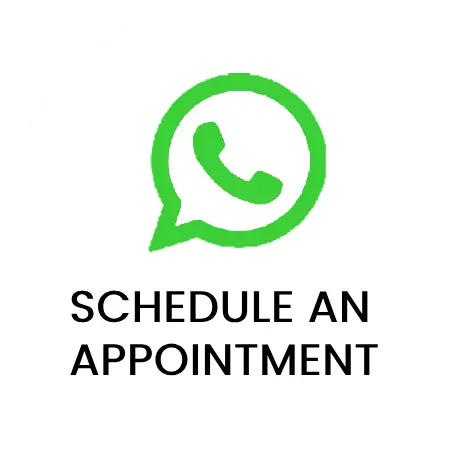LASIK Recovery: A Guide for Office Workers

AUTHOR
Ophthalmologist/ Eye Surgeon 13+ Years Exp
MBBS, MS – Ophthalmology
TREATMENT
CALL US 24/7 FOR ANY HELP
GET IN TOUCH ON
Deciding to get LASIK surgery is a major step toward a life with clearer vision. While the procedure itself is quick, the recovery process requires care and attention, especially if your job involves staring at a computer screen all day. Navigating the return to work can feel daunting, with questions about screen time, dry eyes, and office lighting.
This guide is designed for you—the office professional. We understand your concerns about balancing a smooth recovery with your work responsibilities. You need practical advice that fits into your daily routine and protects your investment in your eyesight.
Here, we will cover everything from preparing your workspace for your return to managing common post-LASIK symptoms like digital eye strain and dryness. We’ll provide a clear timeline for heading back to the office, offer tips for making your workday more comfortable, and answer your most pressing questions about the recovery journey.
When Can You Return to Work After LASIK?
Most office-based professionals can return to work within 24 to 48 hours after their LASIK procedure. Your surgeon will give you a definitive answer at your first post-operative appointment, which is typically the day after surgery. Their decision will be based on how your eyes are healing and your initial visual recovery.
While you might be legally cleared to drive and work, it’s wise to listen to your body. If you feel significant discomfort or your vision is still fluctuating, consider taking an extra day or two off if possible. A phased return, such as starting with a half-day, can also help you ease back into your routine.
Factors Influencing Your Return-to-Work Timeline
- Individual Healing Rate: Everyone heals differently.
- Procedure Type: Recovery can vary slightly between different types of laser eye surgery, such as all-laser LASIK and traditional LASIK.
- Pre-existing Conditions: Conditions like chronic dry eye may require a more cautious approach.
- Job Demands: A job that requires intense, prolonged screen time may be more challenging initially than one with varied tasks.
Preparing Your Office Environment for a Comfortable Return
A few simple adjustments to your workspace can make a significant difference in your comfort levels during the first few weeks of lasik recovery. Proactively setting up your desk will help you minimise eye strain and support the healing process.
⇒Adjusting Your Computer and Screen Settings
Your computer screen is the biggest challenge for post-LASIK eyes. To reduce strain, you should make the following adjustments:
- Activate Dark Mode: Use dark mode on your operating system and applications. A white background emits more light and can cause more strain and sensitivity.
- Increase Font Size: Temporarily enlarge the text size on your screen to make reading easier without squinting.
- Lower Screen Brightness: Match your screen’s brightness to the ambient light in the room. It should not look like a light source.
- Optimise Your Display Position: Position your monitor so the top of the screen is at or slightly below eye level. You should be looking slightly down at it, which helps reduce the exposed surface of your eyes and can lessen dryness. The screen should be about an arm’s length away.
⇒Controlling Your Office Lighting
Post-LASIK light sensitivity, or photophobia, is common. Harsh office lighting, especially fluorescent lights, can be very uncomfortable.
- Reduce Overhead Lighting: If you can, turn off or dim the fluorescent lights directly above your desk.
- Use Task Lighting: A desk lamp with a warm-toned bulb can provide focused light for physical documents without flooding your eyes.
- Block Glares: Position your monitor to avoid glares from windows or overhead lights. If you can’t move your desk, consider using an anti-glare screen filter.
How to Manage Your Eyes During the Workday?
Once you are back at your desk, the key to a smooth recovery is managing your eyes throughout the day. This involves staying ahead of dryness and giving your eyes frequent breaks from screen-focused tasks.
The Importance of the 20-20-20 Rule
Practising the 20-20-20 rule is one of the most effective ways to combat digital eye strain. Every 20 minutes, look at something at least 20 feet away for 20 seconds. This simple exercise relaxes your eye muscles and gives them a much-needed break from close-up focus. Set a timer or use a browser extension to remind you.
Can You Use Lubricating Eye Drops at Work?
Yes, using lubricating eye drops at work is not only allowed but essential. Your surgeon will prescribe or recommend specific preservative-free artificial tears. Use them frequently, even before your eyes feel dry.
Best Practices for Using Eye Drops in the Office:
Do | Don’t |
Use preservative-free drops as recommended by your doctor. | Wait until your eyes feel gritty or dry to use them. |
Wash your hands before applying drops to avoid infection. | Let the tip of the bottle touch your eye or any surface. |
Set a reminder to apply them every hour or two. | Share your eye drop bottle with anyone else. |
Keep a bottle at your desk and one in your bag. | Assume all over-the-counter drops are suitable. |
Stay Hydrated and Blink Often
Staying well-hydrated by drinking plenty of water helps your body produce quality tears. Additionally, people tend to blink less when staring at a screen. Make a conscious effort to blink fully and frequently to keep your eyes’ surfaces moist.
Key Takeaways for Office Workers
- Plan for 1-2 Days Off: Most people can return to office work within 48 hours, but listen to your body.
- Optimise Your Workspace: Adjust screen brightness, use dark mode, and increase font size.
- Control Office Lighting: Avoid harsh overhead lights and use an anti-glare screen if needed.
- Follow the 20-20-20 Rule: Give your eyes regular breaks from the screen to reduce strain.
- Use Eye Drops Religiously: Apply preservative-free lubricating drops frequently throughout the day, even before you feel symptoms.
- Stay Hydrated and Blink: Drink plenty of water and make a conscious effort to blink more often.
Frequently Asked Questions (FAQ)
Q: Will staring at a computer screen damage my eyes after LASIK?
A: No, staring at a computer screen will not damage the results of your LASIK surgery. However, it can significantly increase symptoms of digital eye strain and dry eye, leading to discomfort and temporarily blurred vision. Following the tips in this guide is crucial for managing these symptoms.
Q: Do I need to wear blue light glasses after LASIK?
A: There is no strong scientific evidence that blue light from digital screens is harmful to your eyes. While some people find blue light filtering glasses help with eye strain, they are not a medical requirement for LASIK recovery. The most effective strategies are adjusting screen settings and taking frequent breaks.
Q: How long will I experience light sensitivity at work?
A: Light sensitivity typically improves significantly within the first week after LASIK, but some level of sensitivity can persist for several weeks or even a few months. Wearing sunglasses outdoors is essential, and managing indoor lighting will help you stay comfortable.
Q: Can I wear makeup when I return to the office?
A: You should avoid all eye makeup, including mascara, eyeliner, and eyeshadow, for at least one week after your procedure to prevent infection and irritation. Your surgeon will provide specific instructions on when it is safe to resume wearing makeup.
Q: My vision seems blurry at the end of the workday. Is this normal?
A: Yes, it is normal for your vision to fluctuate, especially during the first few weeks of recovery. Tiredness and dryness, which are common after a long day of screen use, can cause temporary blurriness. Using lubricating drops and taking breaks should help. If the blurriness is persistent or concerning, contact your eye surgeon.
AUTHOR
Ophthalmologist/ Eye Surgeon 13+ Years Exp
MBBS, MS – Ophthalmology
TREATMENT
CALL US 24/7 FOR ANY HELP
GET IN TOUCH ON



